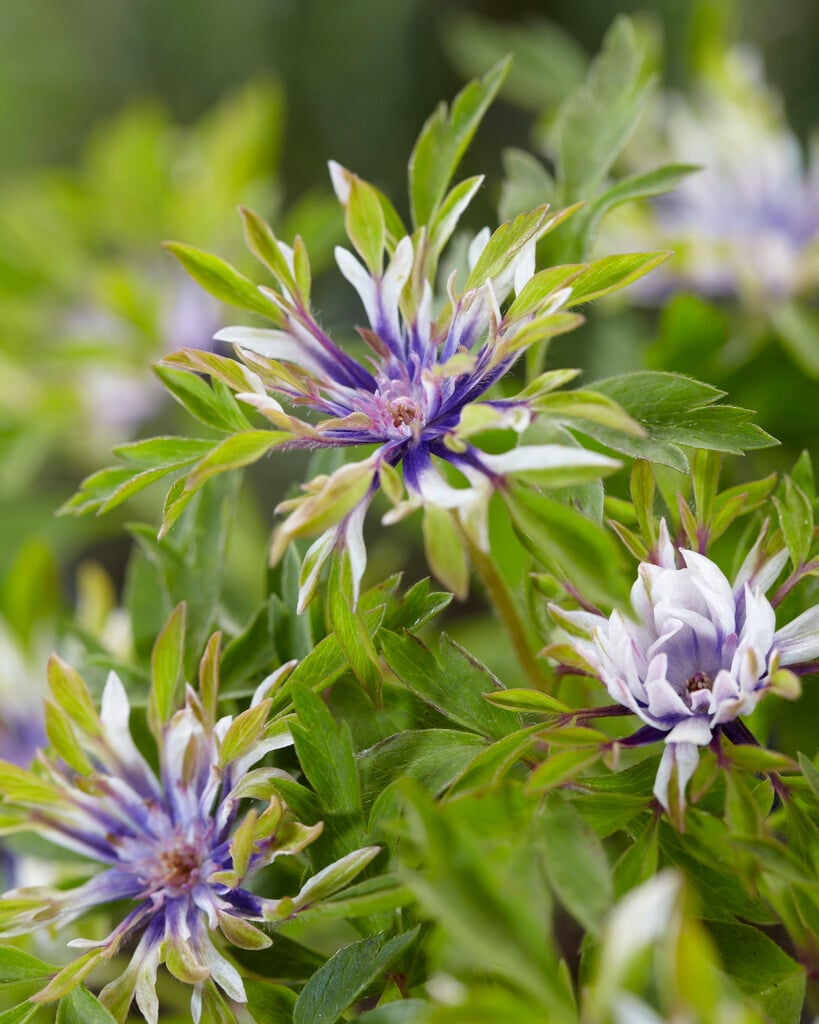Anemone nemorosa 'Monstrosa'
wood anemone 'Monstrosa'
Vigorous, low-growing perennial to 15cm in height, and spreading by slender rhizomes. Produces deeply cut mid-green stem and basal leaves, and solitary green and white centred semi-double flowers with jagged petals, from spring to summer

Buy this plant
Size
Ultimate height
0.1–0.5 metresTime to ultimate height
2–5 yearsUltimate spread
0.5–1 metresGrowing conditions
Moisture
Moist but well–drainedpH
Acid, Alkaline, NeutralColour & scent
| Stem | Flower | Foliage | Fruit | |
| Spring | Green White | Green | ||
|---|---|---|---|---|
| Summer | Green | |||
| Autumn | ||||
| Winter |
Position
- Partial shade
Aspect
East–facing or South–facing or West–facing
Exposure
Sheltered Hardiness
H5Botanical details
- Family
- Ranunculaceae
- Native to GB / Ireland
- No
- Foliage
- Deciduous
- Habit
- Clump forming
- Genus
Anemone are herbaceous perennials with fibrous, rhizomatous or tuberous rootstocks, palmately lobed leaves and saucer-shaped, usually 5-petalled flowers
- Name status
Unresolved
How to grow
Cultivation
Grow in moist but well-drained humus-rich soil in part shade. Drier conditions are tolerated when dormant in summer. See anemone cultivation
Propagation
Propagate by division of tubers in summer when they are dormant
Suggested planting locations and garden types
- Cottage and informal garden
- Rock garden
- Wildflower meadow
- Flower borders and beds
- Underplanting of roses and shrubs
Pruning
No pruning required
Pests
May be susceptible to leaf eelworms and damage from caterpillars and slugs
Diseases
May be susceptible to powdery mildews
Get involved
The RHS is the UK’s gardening charity, helping people and plants to grow - nurturing a healthier, happier world, one person and one plant at a time.